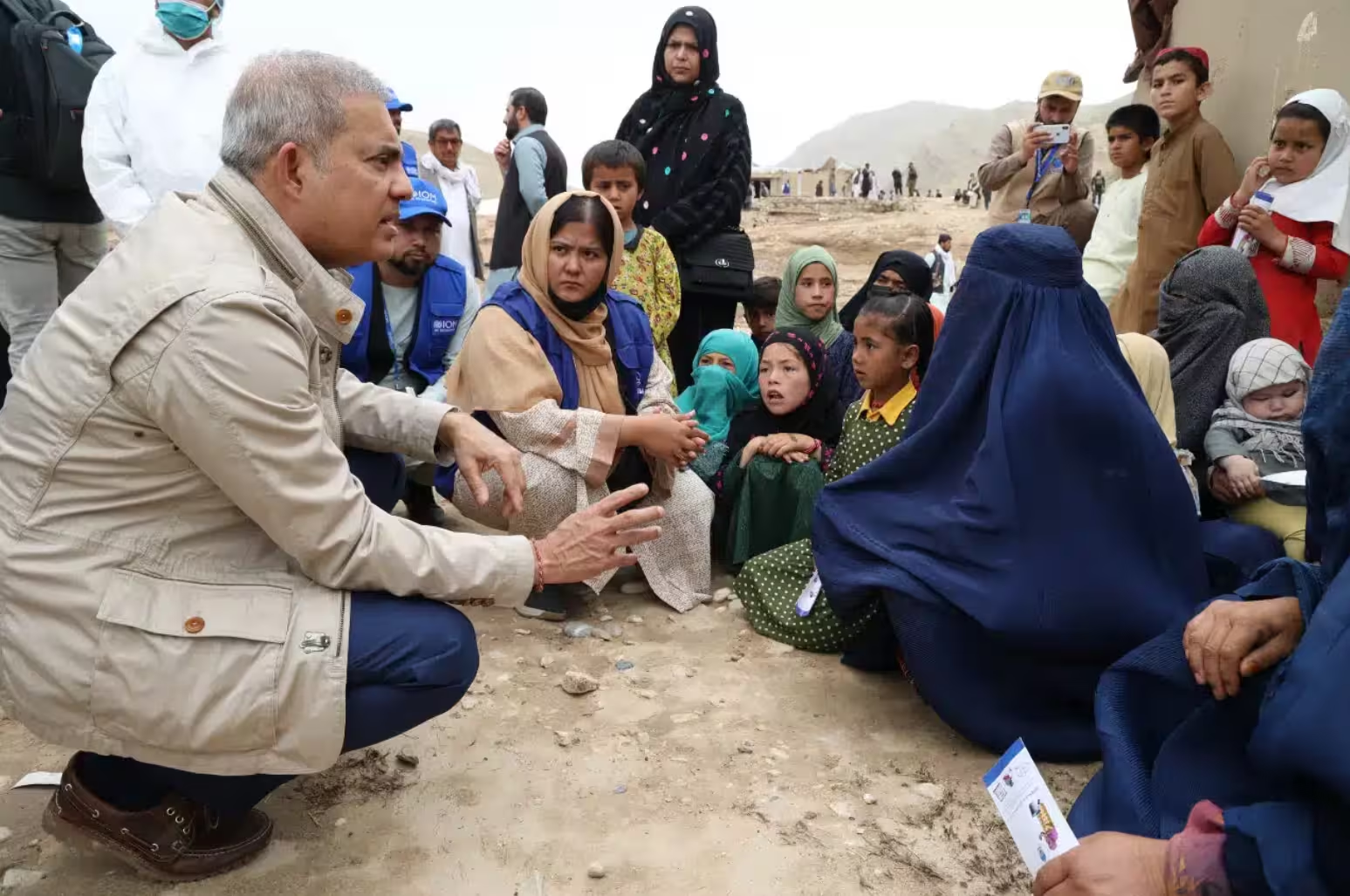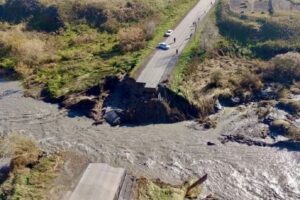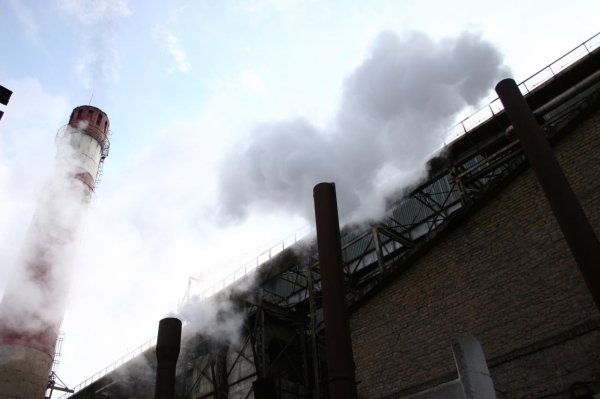
Air pollution has become a silent killer across Central Asia, with more than 65,000 premature deaths recorded in 2021 alone due to diseases linked to fine particulate matter (PM2.5), according to a new World Bank report titled “Air Quality Management in Central Asia.”
The economic losses caused by these premature deaths are staggering — estimated at $17.8 billion annually, or 6.2% of the region's combined GDP.
The primary sources of pollution include fossil fuel combustion, industrial emissions, and dust from degraded land areas.
Dirty air is killing both people and the economy
The World Bank’s findings reveal that PM2.5 — microscopic particles less than 2.5 micrometers in diameter — are particularly dangerous. Invisible to the naked eye, these particles penetrate deep into the lungs, causing chronic inflammation, cardiovascular and respiratory diseases, and even entering the bloodstream to trigger systemic illnesses.
Major urban centers such as Dushanbe, Almaty, and Tashkent are especially at risk due to high population density and reliance on polluting fuels.
The report highlights the severe economic toll of air pollution. Health-related costs — both public and private — are rising due to the increasing incidence of bronchitis, asthma, heart disease, and lung cancer. Workers are frequently incapacitated, requiring sick leave or unable to perform tasks fully, reducing overall labor productivity.
This productivity loss is particularly pronounced in physically demanding sectors like construction, manufacturing, and agriculture. Moreover, lower life expectancy impacts demographic stability and shrinks the labor force.
The hidden costs are just as concerning: air pollution hinders children's cognitive development, reduces education outcomes, burdens social safety nets, and erodes tax revenues. A mere 1 microgram-per-cubic-meter increase in PM2.5 concentration can lead to shorter lifespans and reduced labor output — a critical challenge for labor-intensive economies.
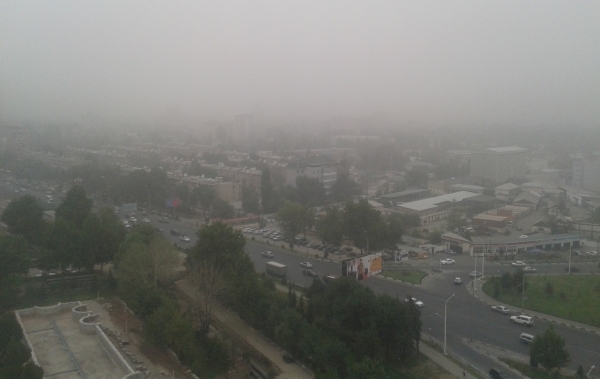
Dushanbe experiencing a dust storm.
Who is most at risk?
While air pollution from PM2.5 particles affects everyone, the World Bank report emphasizes that certain groups are especially vulnerable.
Children are among the most at risk due to their developing respiratory systems and immature immune defenses. Exposure to high levels of PM2.5 can cause respiratory inflammation, increase the frequency of bronchitis, and trigger asthma. The report also links air pollution to impaired cognitive development, reduced learning capacity, and attention deficits in children.
Elderly populations are also highly susceptible, particularly those with existing chronic conditions. Polluted air aggravates cardiovascular and respiratory disorders, increasing the risk of strokes and heart attacks, while worsening the progression of diseases such as diabetes and hypertension.
Individuals with chronic illnesses — such as asthma, chronic bronchitis, or heart conditions — face heightened risks. Pollution exacerbates their symptoms and raises hospitalization rates. The report cites a 6–13% increase in the likelihood of cardiovascular complications for every 10 μg/m³ rise in PM2.5 levels.
The impact is multi-systemic: PM2.5 contributes to inflammation, disrupts the respiratory and cardiovascular systems, and is linked to cancer, particularly lung cancer. The World Bank highlights air pollution as a leading factor in the seasonal surge of heart attacks and strokes in urban areas, especially during winter.
In cities across Tajikistan and Kyrgyzstan, air-quality-related illness rates are 1.5 to 2 times higher than in Eastern Europe, driven by high pollution levels and limited access to quality healthcare and timely diagnostics.
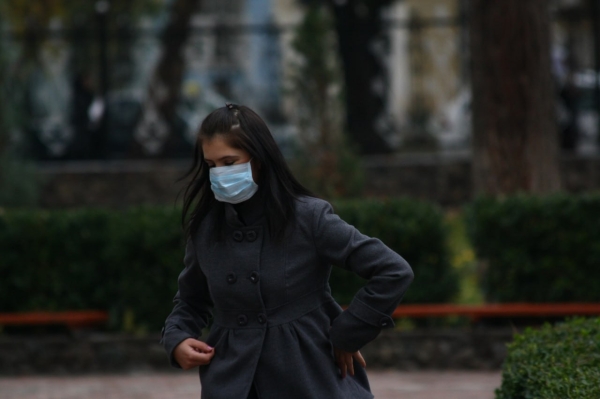
Why has air become so dangerous?
PM2.5 concentrations in major cities of Central Asia are alarmingly high — often exceeding World Health Organization guidelines by 8–10 times or more. The average annual PM2.5 level in Dushanbe is 54.6 μg/m³; in Almaty, it's 48.7 μg/m³; and in Tashkent, 38.5 μg/m³. The WHO’s safe threshold is just 5 μg/m³.
The World Bank identifies four main sources of urban air pollution in the region:
- Residential solid fuel burning — the leading contributor, particularly in areas lacking centralized heating and gas access. In Dushanbe, household heating accounts for up to 42% of PM2.5 emissions, and in some cities, this figure exceeds 50%.
- Vehicle emissions — especially from old, poorly maintained cars. These can contribute up to 15% of urban air pollution, releasing soot, nitrogen oxides, and other harmful substances.
- Open waste burning — common in peri-urban and rural areas where formal waste disposal services are lacking. This practice may account for up to 12% of air pollution.
- Dust from degraded land — including deserts and dried-up water bodies like the Aral Sea, contributes as much as 25% of particulate pollution, especially during droughts and wind erosion events.
World Bank Experts Recommend Urgent Measures to Clean Central Asia’s Air
To address the public health crisis and economic burden caused by air pollution, World Bank experts have proposed a comprehensive action plan for Central Asia. The goal is to safeguard public health while minimizing financial losses due to pollution-related illnesses and reduced productivity.
A cornerstone of this plan is a transition to cleaner energy. Governments are urged to phase out coal, firewood, and kerosene — particularly in low-income households — and replace them with natural gas, electricity, or renewable energy sources. Not only would this reduce PM2.5 levels, but it would also enhance living conditions for the region’s most vulnerable populations.
Another critical area is transport reform. Aging, especially diesel-powered vehicles, are major contributors to urban air pollution. The World Bank calls for stricter environmental regulations — at least at Euro 4 standards — along with expanded public transportation, promotion of electric vehicles, and incentivized retirement of outdated car fleets. Without these measures, the fight for clean air will remain ineffective.
The report also recommends the expansion of air quality monitoring networks using modern technologies, integrated with international data systems. Real-time tracking would allow for faster, evidence-based policymaking.
Additionally, national air quality standards must be updated in line with World Health Organization (WHO) guidelines. Many countries in the region still rely on outdated benchmarks that fail to protect citizens adequately from health risks.
On a regional level, experts emphasize the need for collective action. Air pollution knows no borders — especially in vulnerable areas like the Fergana Valley — and requires joint management of cross-border emissions. Existing platforms such as CAREC or ICSD are suggested as vehicles for coordination, data sharing, and collaborative projects.
The report concludes with a stark warning: delays in implementing these reforms will result in rising disease rates, overwhelmed healthcare systems, and loss of labor potential. Clean air, it stresses, is not just an environmental goal but a fundamental pillar of economic resilience, citizen well-being, and regional stability.



